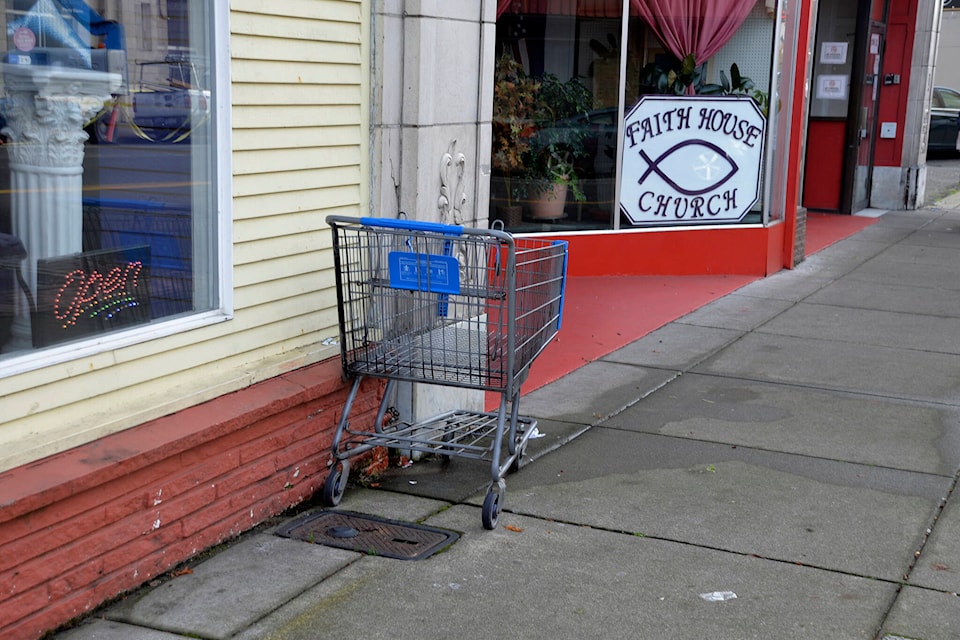B.C. unemployment dropped by 0.1 per cent to 5.4 per cent in January to remain below the national average of 5.7 per cent as B.C. recorded the fourth-lowest unemployment rate in the country.
That is according to the latest figures from Statistics Canada released Friday (Jan. 9). But this drop actually hides a small drop of 2,600 people working. While the number of people working part-time rose by 17,000, the number of people working full-time dropped by 19,600. Under these conditions, the unemployment rate generally drops when people stop looking for work.
January is typically a transitional month for many workers in seasonal industries like food and accommodation and retail (where labour demand peaks during the Christmas season before dropping off) and sectors mainly working outdoors like construction. Not surprisingly, wholesale and retail trade lost the most workers in January with 8,500 workers, followed by information, recreation and culture (minus 6,600 workers) and construction (minus 3,500 workers).
The provincial resource sector also continued to shed jobs in the survey period. Forestry, fishing, mining, quarrying, oil and gas lost 800 jobs. That is the same number of jobs lost in agriculture, another weather-dependent industry, now dealing with various weather-caused developments.
Sectors with the most job gains include business, building and other support services (plus 9,000), public administration (plus 4,400) and other services (except public administration) with 2,700.
Jobs Minister Brenda Bailey acknowledged January’s employment drop, but focused on the bigger picture.
“In the face of a slower global economy and high interest rates, B.C. is holding steady this month,” she said in a statement. “B.C. has gained 70,900 jobs since this time last year, including some of the strongest private-sector and self-employment growth in the country.”
RELATED: Deadline to get partial CEBA forgiveness arrives as business groups warn of closures
She also held out the prospect of “thousands of new jobs” in both Metro Vancouver and the Interior, including a new gold mine and a proposed clean-energy hydrogen project.
Bailey also used the statement to criticize the federal government for not extending the payment deadline for Canada Emergency Business Account loans. The federal government was to start charging five per cent interest on outstanding CEBA loans including the forgivable portion on Jan. 19. However, the federal government also said last month it estimated nearly 70 per cent of CEBA recipients had been able to qualify for partial forgiveness before the qualification deadline of Jan. 18.
The latest job report appears against the backdrop of forecasts calling for sluggish growth through the first three months of 2024, followed by growth in the middle of 2024.
“In Canada, the economy has stalled since the middle of 2023 and growth will likely remain close to zero through the first quarter of 2024,” the Bank of Canada said in its latest statement announcing that its overnight rate for stay at five per cent. “Economic growth is expected to strengthen gradually around the middle of 2024,” it added. “In the second half of 2024, household spending will likely pick up and exports and business investment should get a boost from recovering foreign demand.”
January’s job report is also the last jobs report before the provincial budget scheduled to be tabled Feb. 22, Bailey used her statement to hint albeit in very general terms at measures to stimulate demand.
“The Government of B.C. recognizes people and businesses need support, and we will continue to find even more ways to take action on the issues that matter to British Columbians,” she said.
